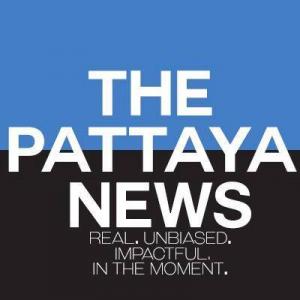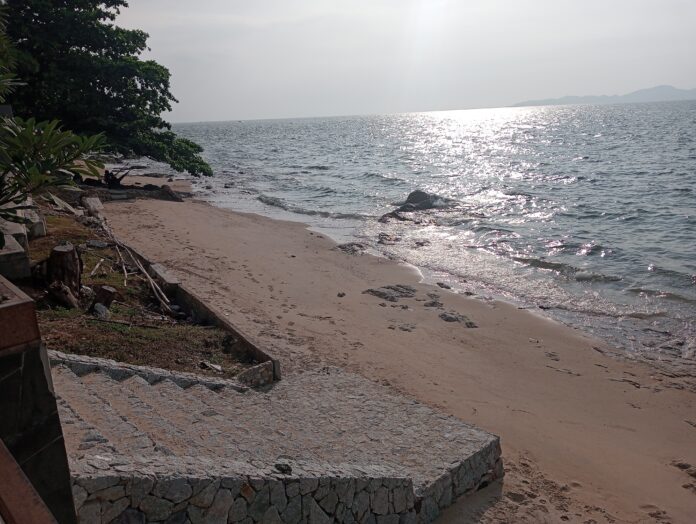Medical Bytes No 98: “Look after your Stem Cells and they will look after youâ€.
Originally Published 28/10/2023
The following is a guest editorial and opinion by Doc Martyn, a regular contributor. These are entirely his opinions and statements and may not necessarily reflect those of The Pattaya News Company Limited.
1. Philip came to see me at the behest of Ren, a kind man who is an administrator for the Group: Pattaya City Expats Club, or PCEC for short. This is a fine, compassionate and dynamic group that provides support for its at risk, single, older, frail members who live alone.
Philip suffers from peripheral neuropathy, numbness, in his feet. He was becoming increasingly unsteady.
Ren had become interested in Stem Cell enhancement and he suggested that Philip should try the therapy, which he did. In addition, Ren advised Philip to see me for a medical opinion on his neuropathy.
2. Philip is 88 years old. He is a delightful man who is struggling with his dotage. He has suffered from a slowly progressive bilateral sensory neuropathy in his feet for 8 years.
Early in his illness, a medical assessment confirmed that he was suffering from sensory neuropathy. His blood work indicated that this was caused by an IgM gammopathy, also known as a Monoclonal Gammopathy of Undetermined Significance, or MGUS. A gammopathy is an excess of protein in the blood which is produced by the bone marrow. MGUS mainly occurs in older (>70 years) males. As in Philip’s case, MGUS can cause peripheral neuropathy.
In 1% of sufferers the excess protein production may progress to a cancer, called Multiple Myeloma, or other serious complications.
3. Humans have three nervous systems:
-The Brain or Central Nervous System, the CNS.
-The Peripheral Nervous System, PNS, which controls the body.
-The Autonomic Nervous System, ANS, which controls the organs of the body, e.g. the heart, the bowels, the lungs. The ANS is not relevant to this discussion.
-Although not perfect, to compensate for damage, the brain is capable of neurogenesis, growing new cells, and neuroplasticity, the development of new neural pathways and synapses. Stem Cell mobilisation may benefit this system.
-The nerve cells of the PNS reside in the spinal column, from where the axon of the neuron combines with other axons to form the nerves of the PNS. Some of these axons, and the nerves in which they are contained, are very long indeed, stretching from the spine to the tip of the toes, see photo 1.
If the myelin sheath and axon of a nerve is damaged, termed an axonotmesis, regeneration of the damaged axon is possible, albeit slowly, regenerating at about 25mm/month. Stem Cells do not appear to be active in this process. When a nerve is severed, unless it is sutured early, regeneration will not occur.
In Philip’s case, Stem Cell enhancement will not repair the damage to his PNS. If Stem Cells replaced the damaged nerves from his back to his feet, which will not happen, the nascent cells would be subjected to the same degenerative disorder, his gammopathy, which caused the degeneration of the axons in the first place.
4. So, what can be done for Philip?
Philip’s loss of sensory perception, touch, in his feet means that his brain is deprived of peripheral sensory input, termed proprioception.
In humans, there are two types of proprioception:
-Conscious proprioception realised by the Cerebrum, the Neo(new)-Cortex of the human brain, see photo 2, and
-Unconscious proprioception, realised in the Cerebellum, or HindBrain, see photo 3.
During Philip’s first consultation, as he struggled with his walking stick to the chair, his loss of unconscious proprioception was evident. His brain was using the conscious proprioception of his eyesight to orientate itself.
When this conscious perception is lost his brain will seek input from its unconscious proprioception.
I asked Philip to stand then close his eyes. To compensate for the loss of input from his eyes, his brain made his body sway gently from side to side. By doing this, his brain received positional unconscious proprioception from his knees and hips.




